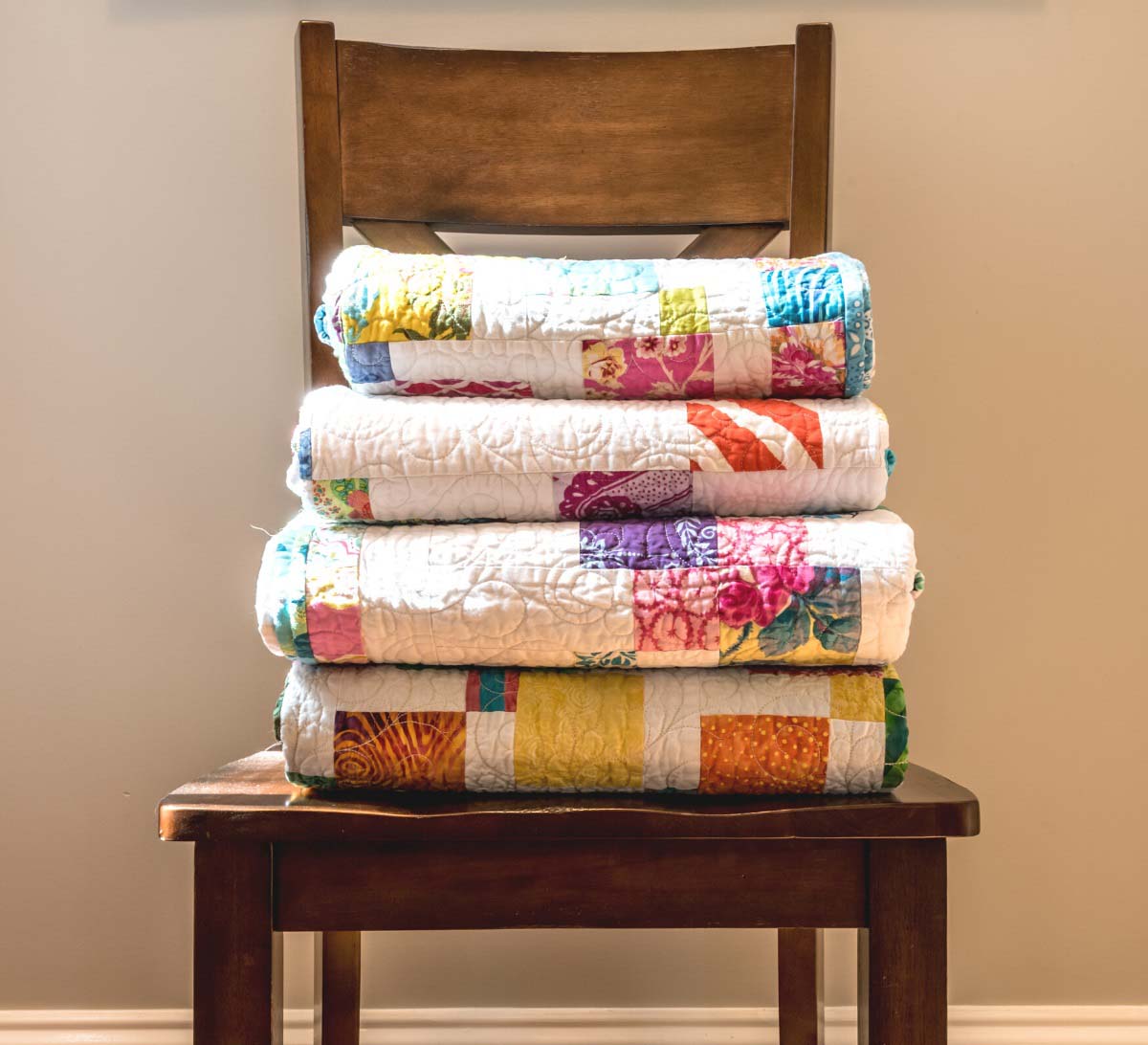

Articles
How Much Fabric Is Needed For A Quilt
Modified: January 5, 2024
Discover the exact amount of fabric needed to make a beautiful quilt with our informative article. Get expert tips and helpful guidance on calculating fabric requirements.
(Many of the links in this article redirect to a specific reviewed product. Your purchase of these products through affiliate links helps to generate commission for Storables.com, at no extra cost. Learn more)
Introduction
Welcome to the world of quilting! Whether you are a seasoned quilter or a beginner just starting out, one of the key factors to consider when creating a quilt is how much fabric you will need. Determining the fabric requirements for a quilt is essential to ensure that you have enough material to complete your project without running out or having excess leftovers.
In this article, we will delve into the different types of quilts, how to determine the quilt size, understanding fabric yardage, calculating fabric requirements, and other factors to consider when planning your quilt. By the end, you will have a clear understanding of how much fabric is needed for your quilt and be ready to embark on your quilting journey.
So, let’s dive in and explore the fascinating world of quilts and fabric requirements!
Key Takeaways:
- Understanding fabric yardage and calculating fabric requirements are crucial for successful quilting projects. Consider quilt size, fabric width, and additional factors to ensure you have enough fabric for your vision.
- When planning a quilt, consider practical aspects such as pre-washing fabric, utilizing stash fabrics, and minimizing fabric waste. These considerations will help you create a well-crafted and visually appealing quilt.
Read more: How Much Fabric Is Needed For A Twin Quilt
Types of Quilts
Quilts come in various styles and designs, each with its own unique characteristics. Here are some common types of quilts:
- Patchwork Quilts: Patchwork quilts are made by sewing together small fabric pieces in different shapes to create a larger design. This type of quilt often features a variety of colors and patterns, resulting in a visually appealing and eclectic look.
- Applique Quilts: Applique quilts involve sewing fabric shapes or designs onto a base fabric. This technique allows for intricate and detailed designs to be incorporated into the quilt. Applique quilts can be done by hand or machine, depending on personal preference and skill level.
- Log Cabin Quilts: Log cabin quilts are characterized by their distinctive block pattern. Strips of fabric are sewn together around a central square, resembling the structure of a log cabin. This versatile quilt design can be arranged in different color schemes and layouts, offering endless creative possibilities.
- Baby Quilts: Baby quilts are specially designed to be smaller in size, making them perfect for cribs or strollers. These quilts often feature playful and cute designs, such as animals or alphabets, and are made with soft and baby-friendly fabrics.
- Art Quilts: Art quilts are a form of textile art where the focus is on creating a visually expressive and unique piece. These quilts often incorporate different fabrics, textures, and techniques to create a one-of-a-kind work of art.
- Memory Quilts: Memory quilts hold a special significance as they are made using fabric pieces with sentimental value, such as old clothing or fabric scraps from loved ones. These quilts serve as a beautiful way to preserve cherished memories and create heirloom pieces.
While these are just a few examples, the world of quilting offers countless variations and styles to explore. Each type of quilt requires different amounts and types of fabric, so it’s important to consider the specific requirements of your chosen quilt style when determining fabric needs.
Determining the Quilt Size
Before calculating the fabric requirements for your quilt, it’s crucial to determine the desired size of the finished quilt. The quilt size will depend on various factors such as the intended use, the recipient, and personal preference.
Here are some common quilt sizes to consider:
- Baby Quilt: A typical baby quilt size is around 40 x 50 inches, perfect for cribs or strollers.
- Throw Quilt: Throw quilts are larger in size, usually measuring around 50 x 60 inches. They are great for snuggling up on the couch or as decorative pieces.
- Twin Quilt: Twin size quilts are suitable for single bed use and typically measure around 68 x 88 inches.
- Full/Double Quilt: Full or double quilts are designed for double beds and usually measure around 84 x 90 inches.
- Queen Quilt: Queen size quilts are ideal for queen beds and have dimensions of approximately 90 x 95 inches.
- King Quilt: King size quilts are the largest and are meant for king-sized beds. They typically measure around 105 x 95 inches.
These are general guidelines, and you can always adjust the size according to your preference. Once you have determined the desired quilt size, you can move on to calculating the fabric requirements.
Keep in mind that the quilt size will directly impact the amount of fabric needed. Larger quilts will require more fabric, while smaller quilts will require less. Additionally, if you plan to include borders or sashing in your quilt design, you will need to account for additional fabric for those elements as well.
Understanding Fabric Yardage
In order to accurately calculate the fabric requirements for your quilt, it’s important to have a good understanding of fabric yardage. Fabric is typically sold by the yard, which is a standard measurement in the textile industry.
A yard of fabric is equivalent to 36 inches or approximately 91 centimeters in length. It is important to note that the width of the fabric can vary. The most common fabric widths are 44/45 inches and 54/55 inches, although wider options are also available.
When purchasing fabric for your quilt, you will need to consider both the length and the width of the fabric. The length will determine how much you need to achieve the desired quilt size, while the width will affect how efficiently you can utilize the fabric.
Calculating the fabric requirements is done based on the quilt size, the width of the fabric, and any additional elements such as borders or sashing. By understanding fabric yardage, you can make informed decisions and ensure you purchase the correct amount of fabric for your project.
It’s worth mentioning that certain quilting techniques, such as diagonal or bias binding, may require additional fabric due to the fabric being cut on the bias. This results in a greater amount of fabric needed to accommodate the stretch of the bias cut.
Additionally, fabric patterns and directional prints may influence your fabric yardage requirements. If your quilt design requires specific fabric placement or cutting, you may need to purchase extra fabric to ensure you have sufficient material to work with.
By familiarizing yourself with fabric yardage and considering these factors, you can accurately determine how much fabric you will need for your quilt and make informed decisions when purchasing materials.
When calculating how much fabric is needed for a quilt, consider the quilt size, seam allowance, and any pattern repeat. Add extra fabric for borders, backing, and binding.
Calculating Fabric Requirements
Now that you understand the quilt size and fabric yardage, it’s time to calculate the fabric requirements for your quilt. The goal is to determine how much fabric you need to purchase to ensure you have an adequate supply for your project.
To calculate fabric requirements, you will typically need the following measurements:
- Quilt Size: Determine the desired dimensions of your finished quilt. This includes the length and width, considering any borders or sashing you plan to incorporate.
- Fabric Width: Measure the width of the fabric you plan to use. The most common widths are 44/45 inches and 54/55 inches, although there are wider options available.
The formula for calculating fabric requirements is simple:
Fabric Length = (Quilt Length + Seam Allowance) x (Quilt Width + Seam Allowance) / Fabric Width
Let’s break down the formula:
- Quilt Length + Seam Allowance: Add the desired length of your finished quilt to the seam allowance. The standard seam allowance is typically ¼ inch, but you can adjust it as per your preference.
- Quilt Width + Seam Allowance: Add the desired width of your finished quilt to the seam allowance.
- Fabric Width: Divide the previous total by the width of the fabric to determine the number of fabric lengths required.
It’s important to round up the calculated fabric length to the nearest whole number as fabric is typically sold in whole yards.
Keep in mind that this formula provides an estimate and may vary depending on the complexity of your quilt design, pattern, and fabric usage. If you plan to incorporate different fabric blocks or motifs, you may need to adjust the calculations accordingly.
Additionally, if you plan to use multiple fabrics in your quilt design, repeat the calculations for each fabric and sum up the fabric lengths needed.
By using this calculation method, you can have a good estimation of the fabric requirements for your quilt, ensuring you have enough material to complete your project without running short or having excess leftovers.
Read more: How Much Fabric Is Needed For A Quilt Border
Factors to Consider
When calculating fabric requirements for your quilt, it’s important to consider a few additional factors that can impact the amount of fabric you will need. These factors can help you accurately estimate the fabric requirements and avoid any surprises during the quilting process.
Here are some factors to consider:
- Pattern and Design: The complexity of the quilt pattern and design can influence the amount of fabric needed. Intricate designs or patterns with small pieces may require more fabric to ensure accurate cutting and piecing.
- Fabric Direction: If your quilt design includes directional prints or fabrics that need to be aligned in a specific way, you may need to purchase additional fabric to accommodate for proper fabric placement and cutting.
- Border and Binding: If your quilt design includes borders or binding, you will need to calculate the fabric requirements for those elements separately. Consider the width and length of the borders or binding and factor in the desired seam allowance.
- Fussy Cutting: Fussy cutting is a technique that involves selectively cutting fabric to showcase specific motifs or patterns. This may require more fabric as you aim to capture particular design elements within your quilt blocks.
- Matching Prints: If your quilt design requires matching prints or fabric motifs across different blocks or sections, you may need to purchase extra fabric to ensure you have enough material to achieve the desired symmetry or balance.
- Error Margin: It’s always a good idea to leave a small margin for error when calculating fabric requirements. This accounts for any mistakes during cutting or piecing and ensures you have enough fabric for adjustments or repairs.
By considering these factors and incorporating them into your fabric calculations, you can ensure that you have enough fabric to successfully bring your quilting vision to life. It’s always better to have a little extra fabric than to fall short and risk not having enough to complete your quilt.
Additional Considerations
When determining the fabric requirements for your quilt, there are a few additional considerations that can help ensure a successful quilting project. These considerations go beyond the basic calculations and take into account practical aspects of quilting.
Here are some additional factors to consider:
- Pre-Washing Fabric: It is recommended to pre-wash your fabric before starting your quilting project. This helps to remove any sizing, shrinkage, or excess dye that may cause the fabric to change after washing. Keep in mind that fabric can shrink by about 3-5% after washing and drying, so it’s important to factor this into your fabric requirements.
- Stash Fabrics: If you have a collection of fabric stash, you may be able to incorporate them into your quilt design. Consider the yardage and types of fabrics you have on hand when calculating the fabric requirements. By using stash fabrics, you not only save money but also add a personal touch to your quilt.
- Fabric Waste: Plan your cutting and piecing strategically to minimize fabric waste. Consider efficient cutting techniques such as strip piecing or chain piecing to utilize fabric efficiently and reduce scraps. This can help minimize the amount of fabric required for your quilt.
- Color and Fabric Placement: Think about the color scheme and fabric placement in your quilt design. Some designs may require larger pieces of fabric to showcase specific colors or patterns. In such cases, adjust your fabric requirements accordingly.
- Social Distancing Quilts: With the current pandemic situation, quilting communities have come together to create “social distancing quilts”. These quilts are made by different individuals, each contributing a block or section. When planning these quilts, consider the sizes of the contributed blocks and how they will come together to create the final quilt.
- Backing and Batting: Don’t forget to take into account the fabric requirements for the backing and batting of your quilt. The backing fabric should be larger than the quilt top to allow for seam allowances and quilting. Batting should also be larger than the quilt top to accommodate any shifting or movement during the quilting process.
By considering these additional factors, you can fine-tune your fabric requirements and ensure a smooth and enjoyable quilting experience. Taking the time to plan and calculate accurately will help you avoid any unexpected surprises and allow you to create a beautiful and well-proportioned quilt.
Conclusion
Calculating the fabric requirements for your quilt is an essential step in the quilting process. By understanding the various factors involved and making accurate calculations, you can ensure that you have enough fabric to bring your quilt vision to life.
In this article, we explored the different types of quilts, how to determine the quilt size, understanding fabric yardage, calculating fabric requirements, and other factors to consider when planning your quilt. We discussed the importance of considering pattern and design, fabric direction, borders and binding, fussy cutting, matching prints, and leaving room for error.
It’s also important to consider additional practical aspects such as pre-washing fabric, utilizing stash fabrics, reducing fabric waste, and planning for backing and batting needs. These considerations will help you create a well-crafted and visually appealing quilt.
Remember, quilting is an art form that allows you to express your creativity while providing warmth and comfort. Taking the time to calculate fabric requirements will ensure you have enough material to complete your project without running out or having excess leftovers.
So, whether you’re embarking on your first quilting project or are an experienced quilter, take the time to carefully calculate your fabric requirements. Plan your design, consider the quilt size and fabric yardage, and account for any additional factors that may influence the amount of fabric you need.
With proper planning and accurate calculations, you’ll have the confidence and peace of mind to create a stunning quilt that will be cherished for years to come.
Frequently Asked Questions about How Much Fabric Is Needed For A Quilt
Was this page helpful?
At Storables.com, we guarantee accurate and reliable information. Our content, validated by Expert Board Contributors, is crafted following stringent Editorial Policies. We're committed to providing you with well-researched, expert-backed insights for all your informational needs.
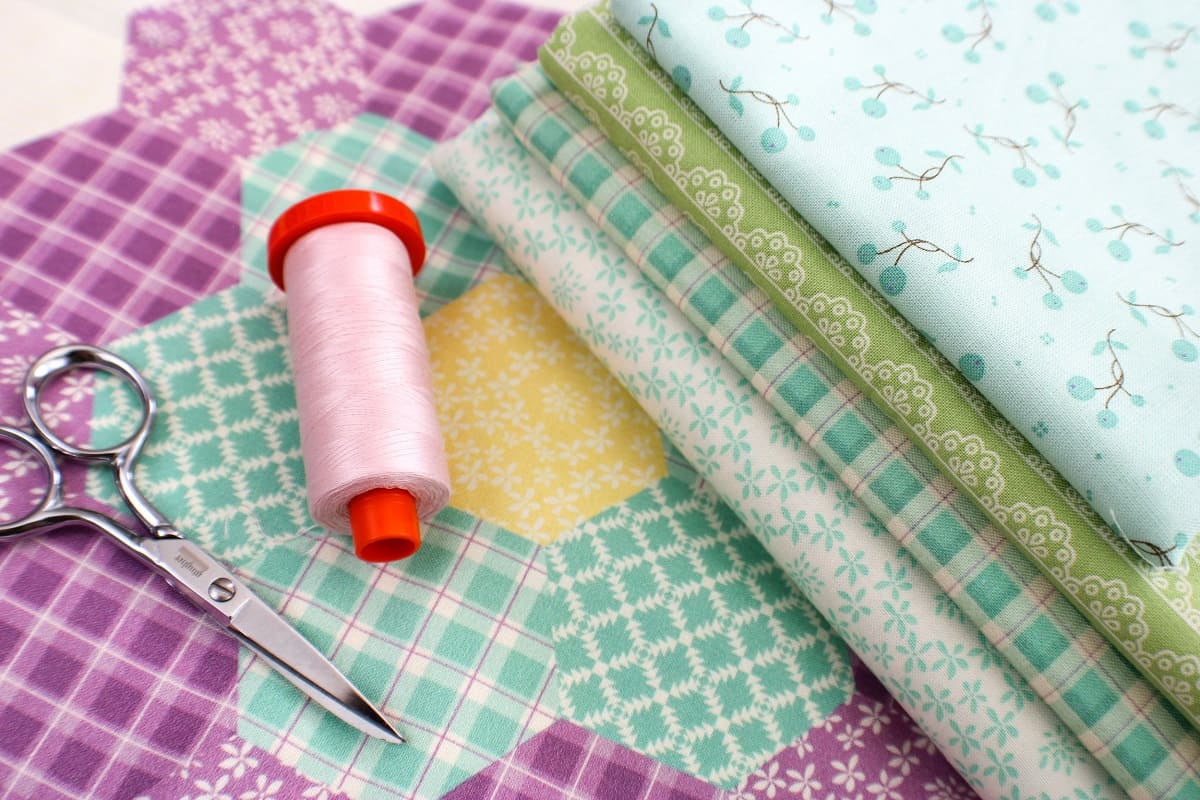
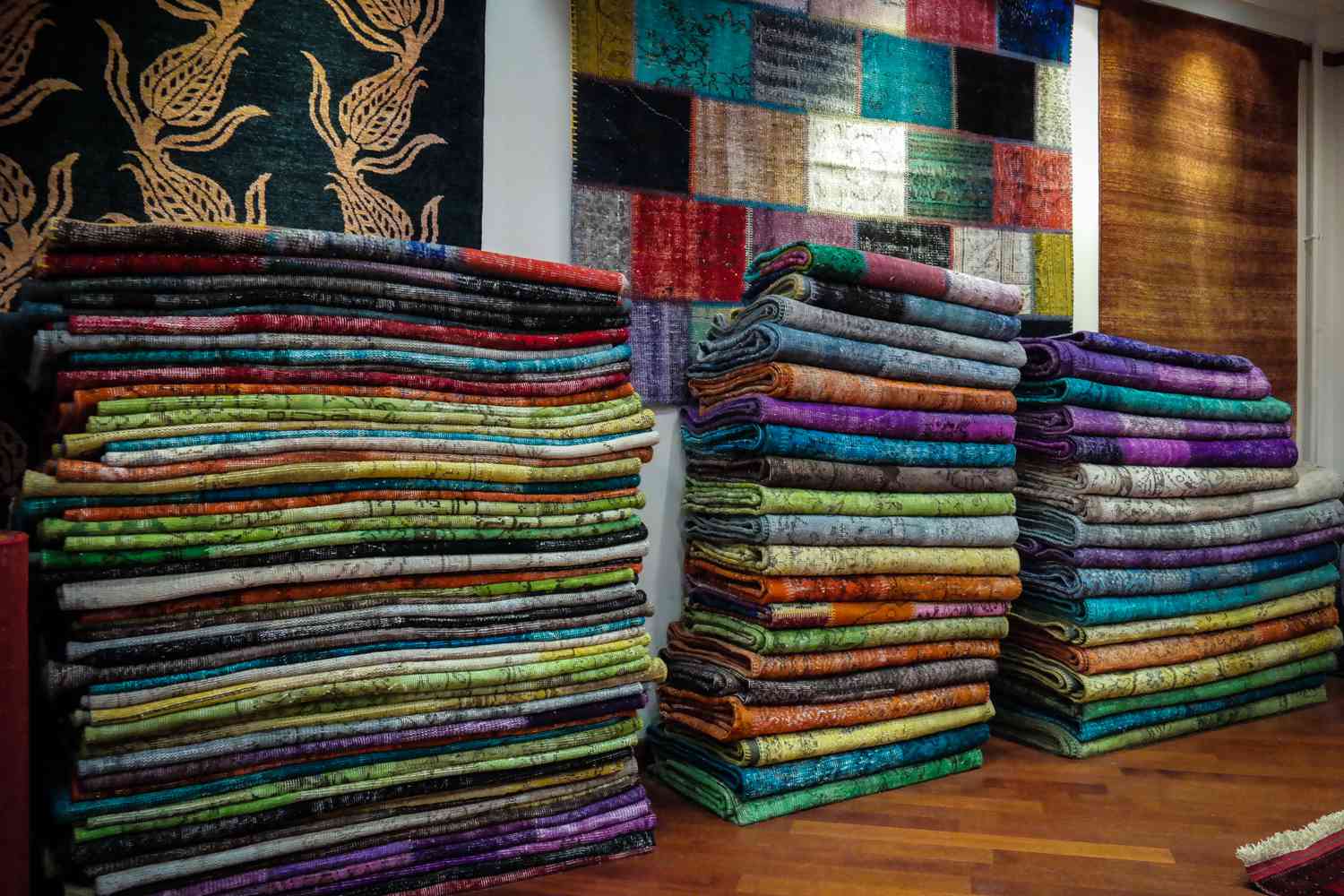
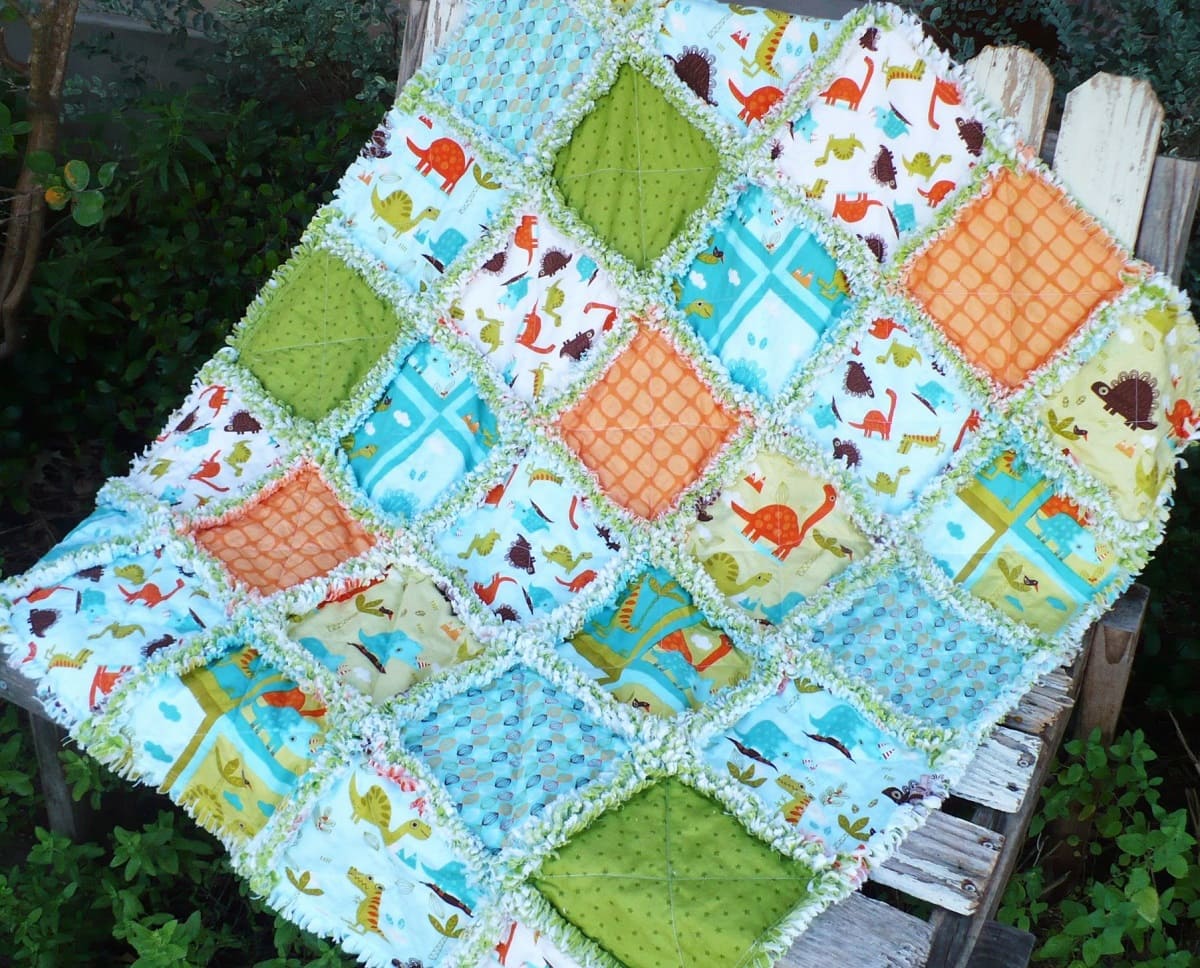
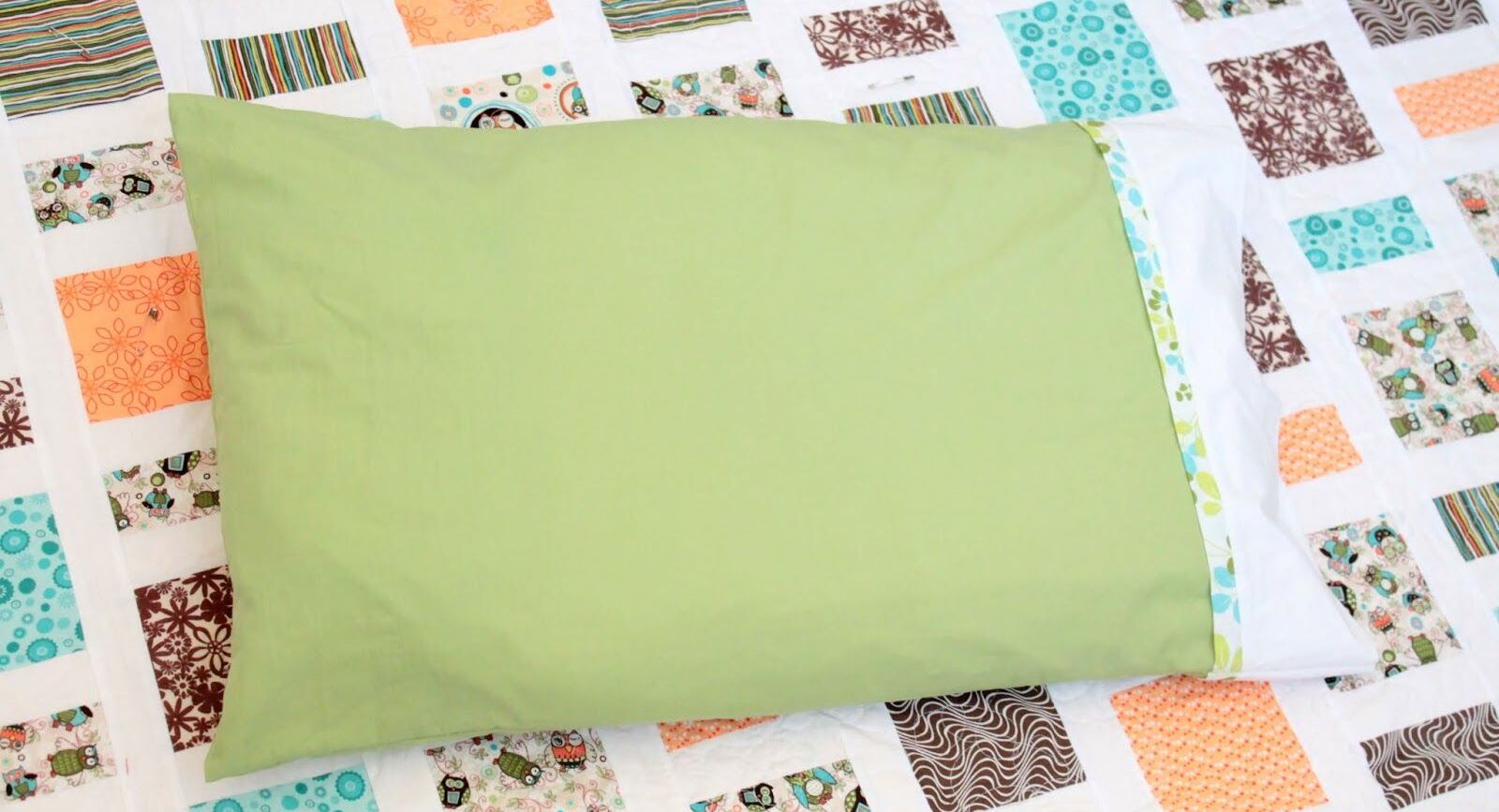
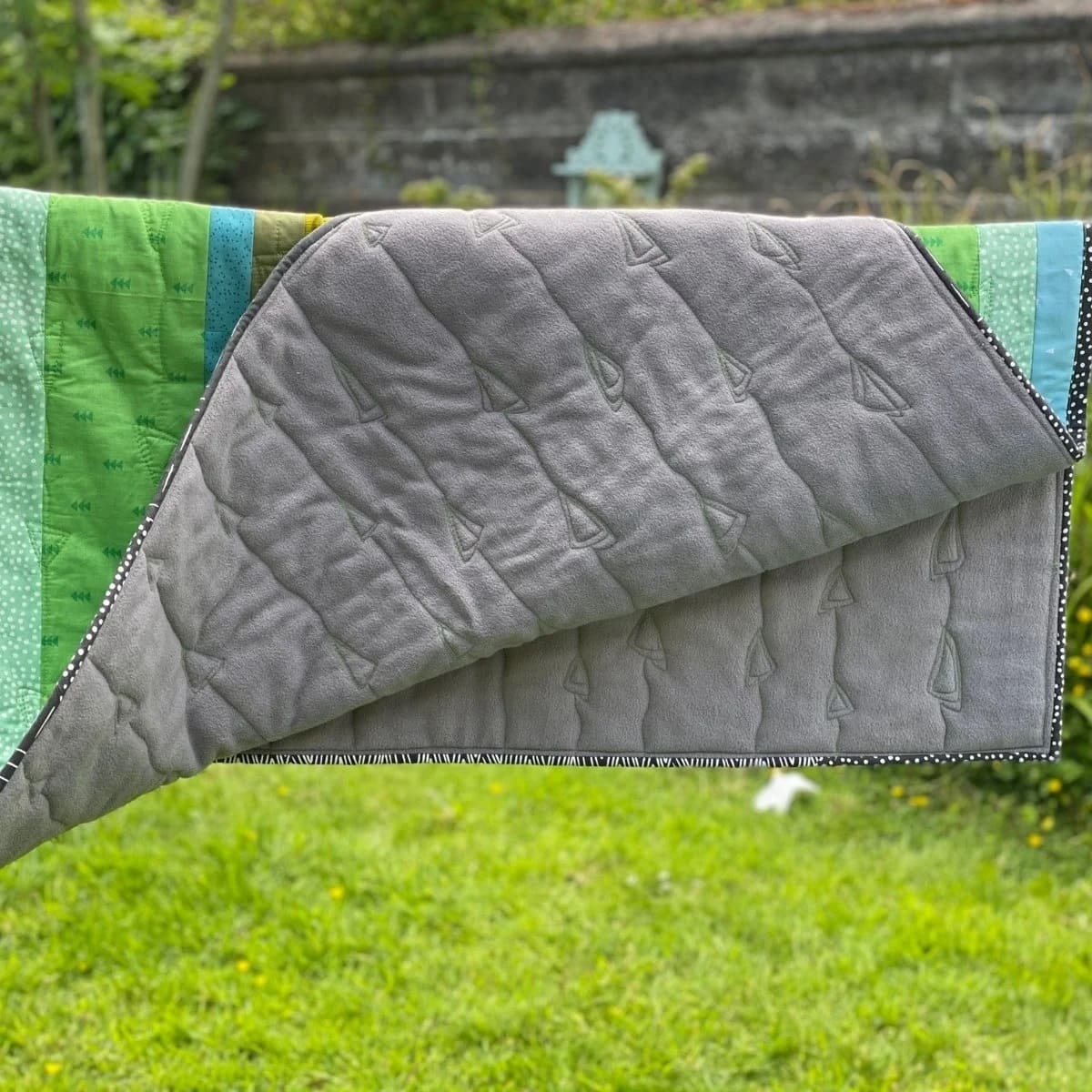
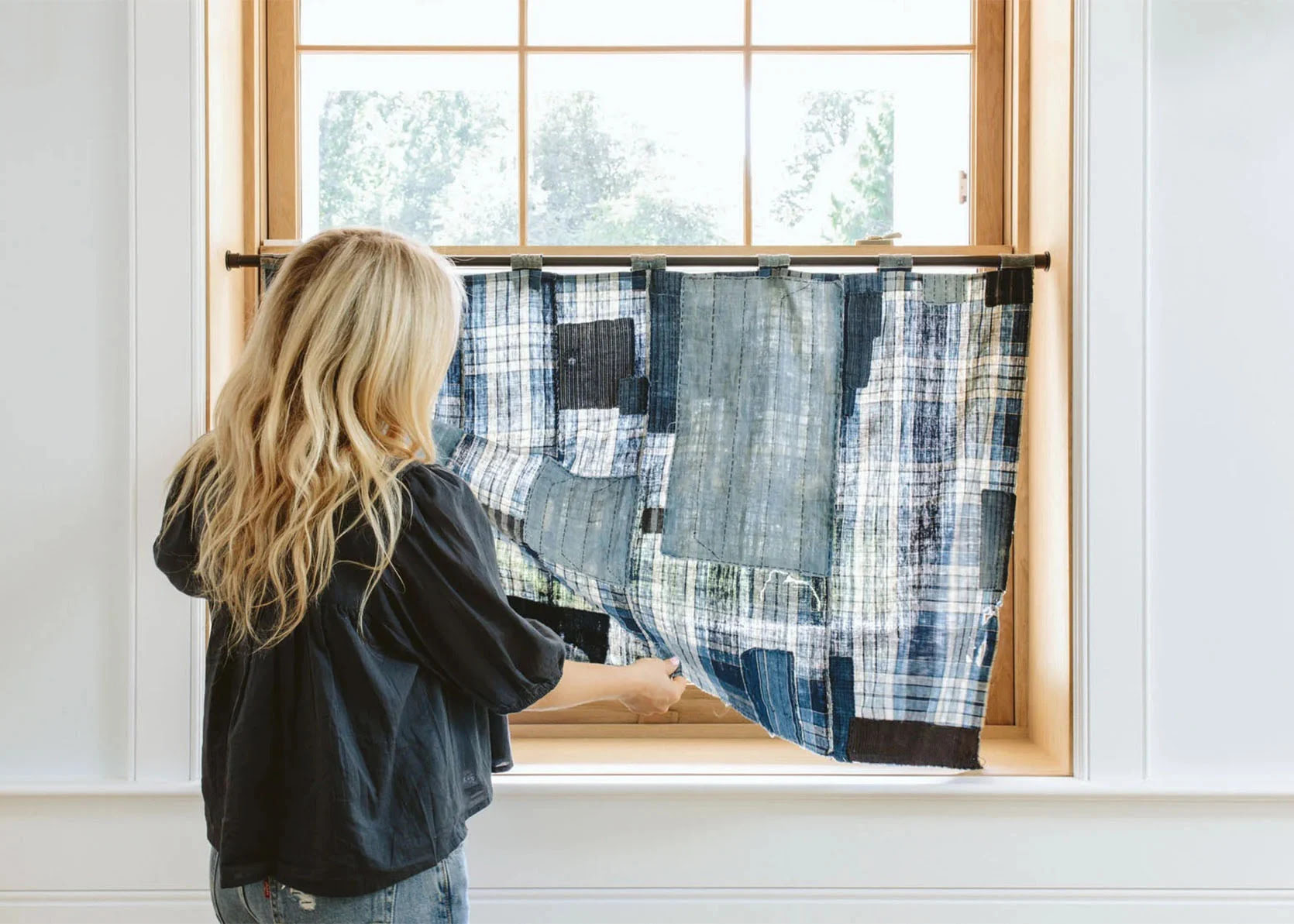
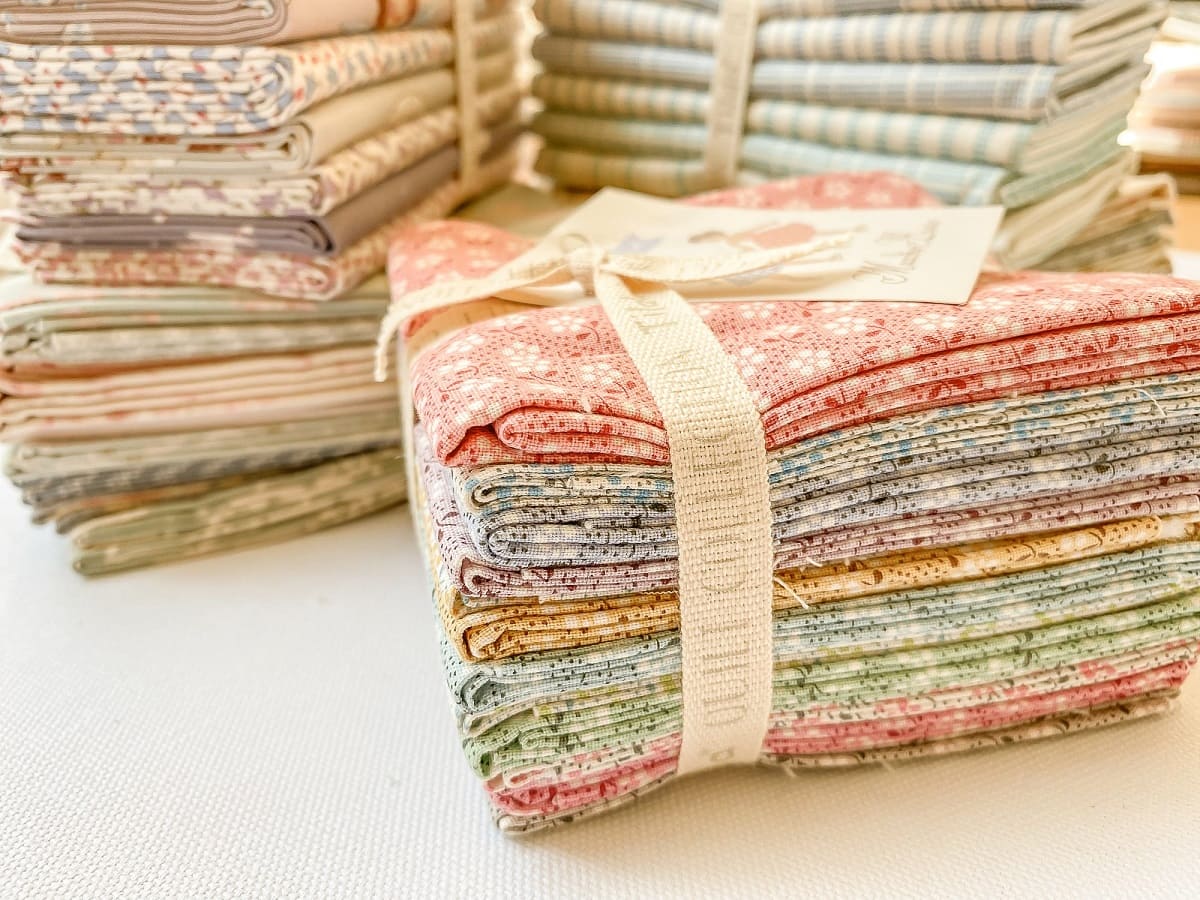
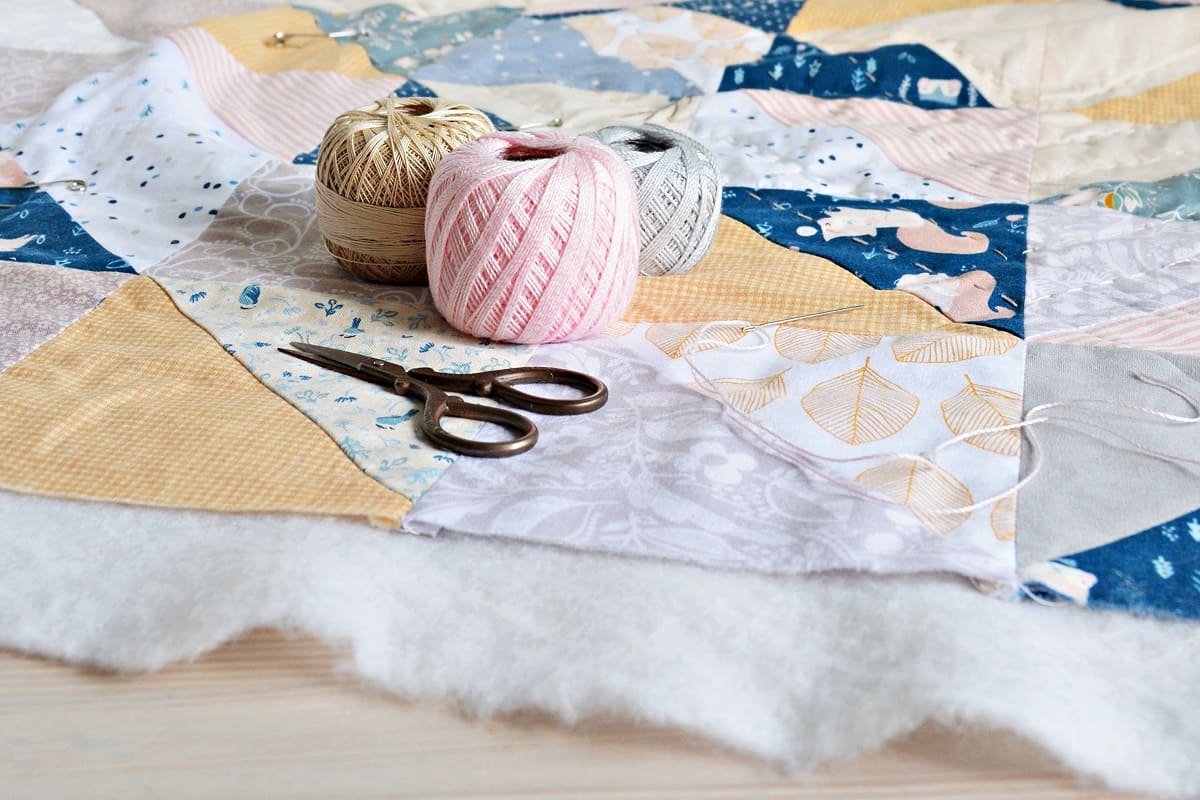
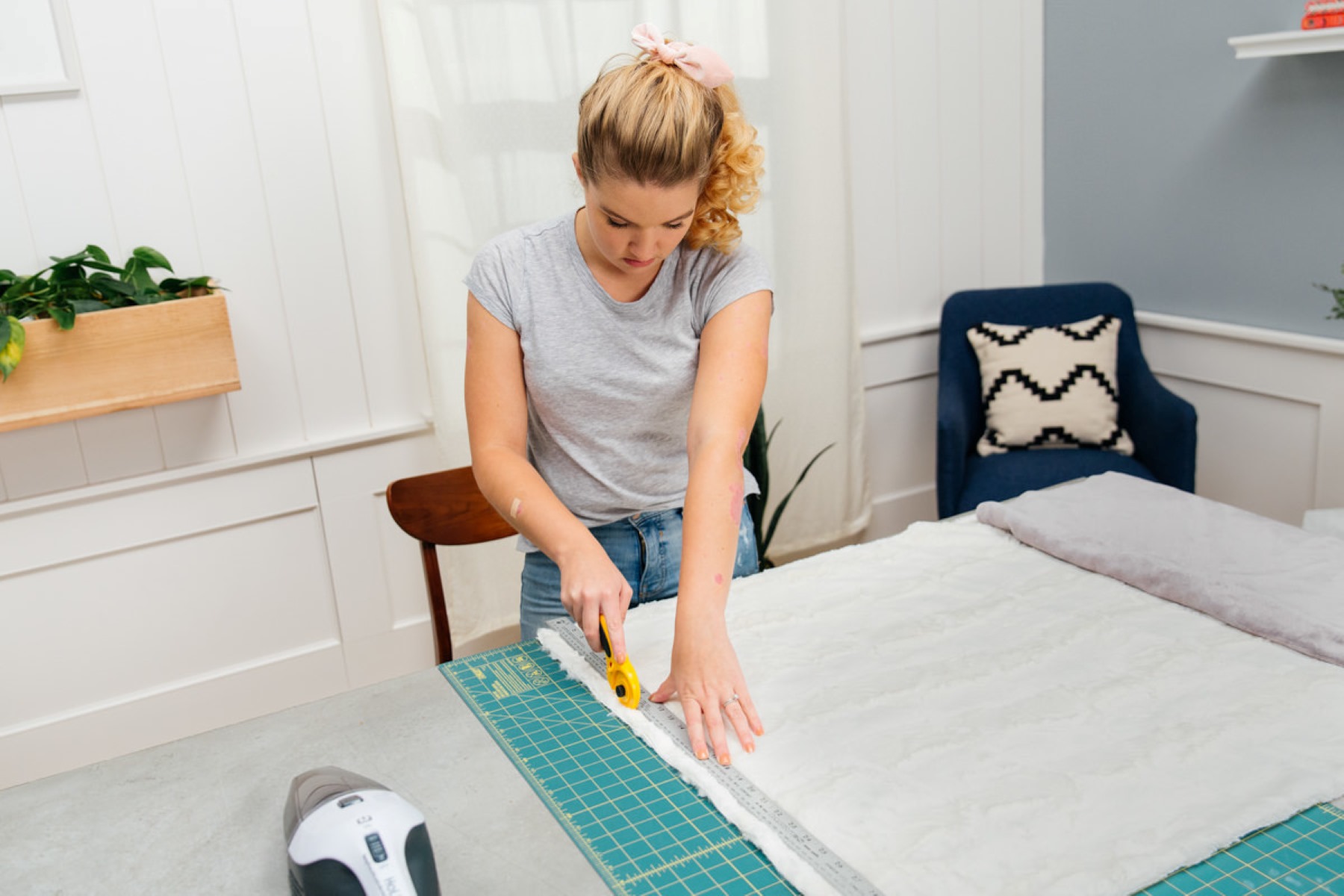
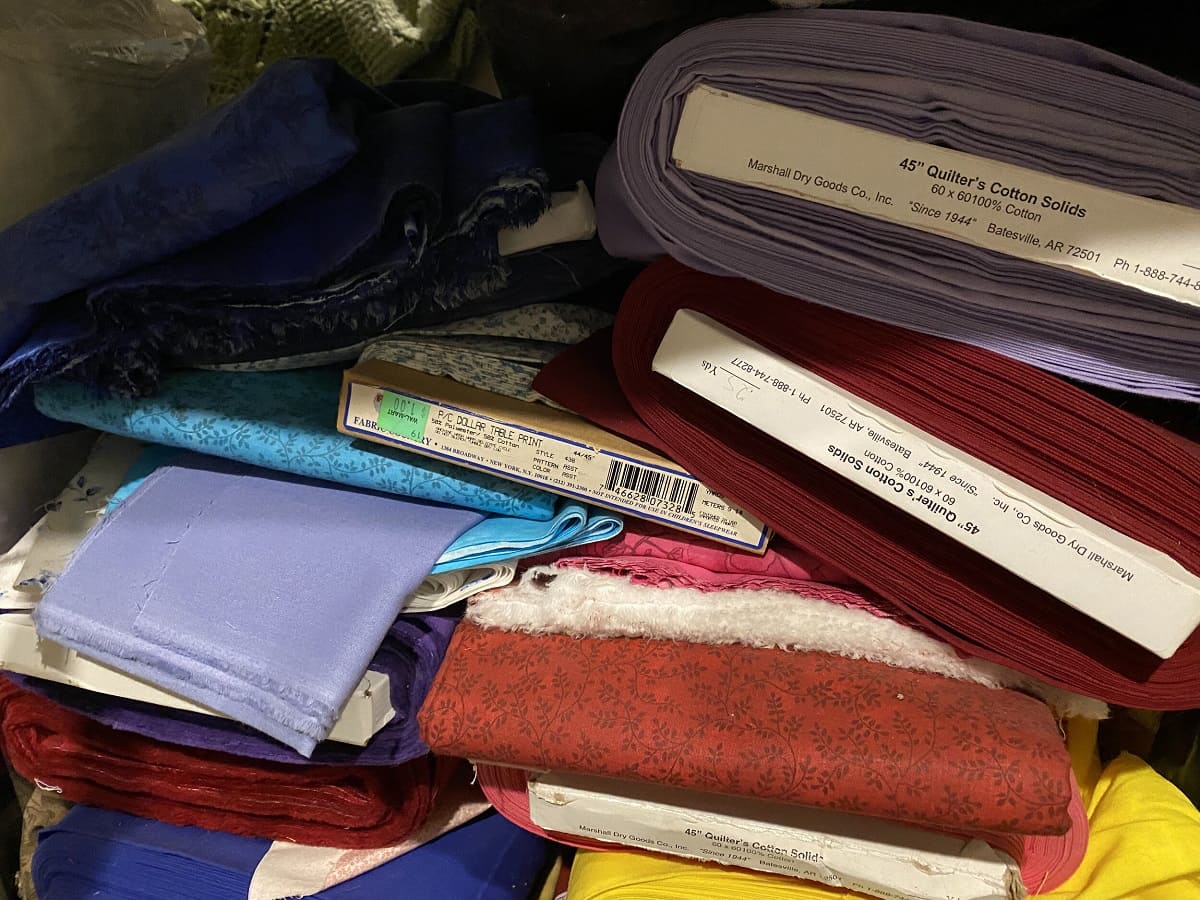
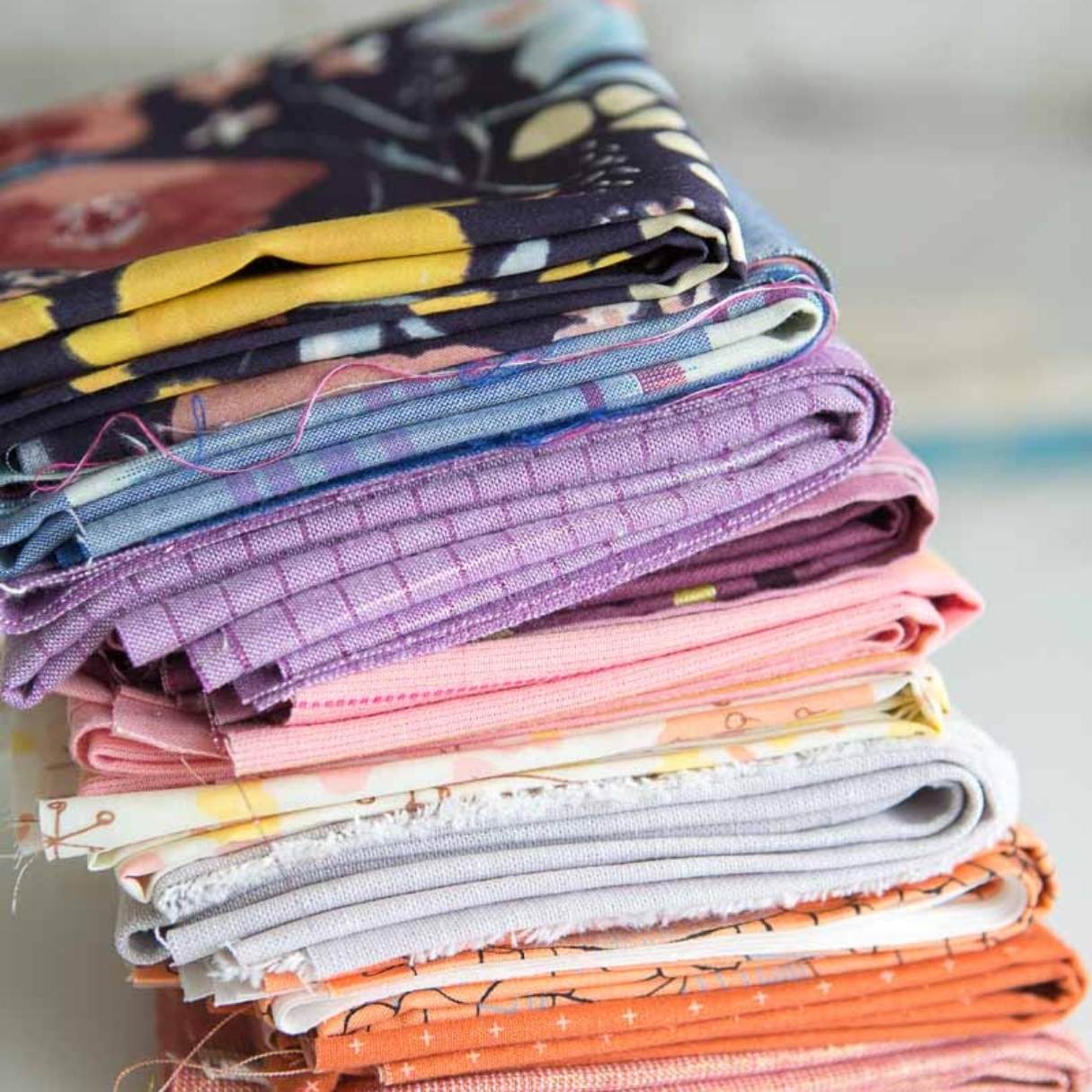
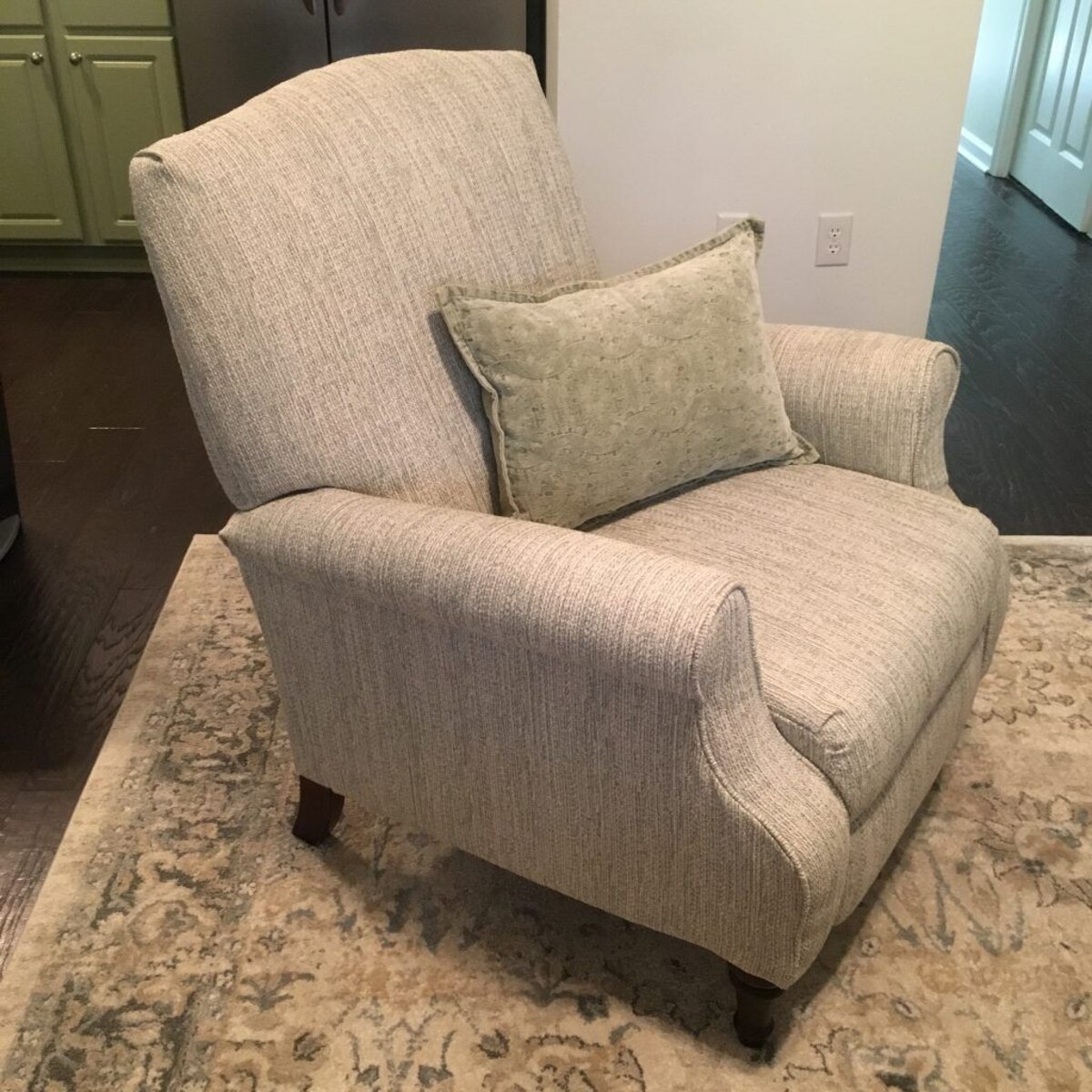
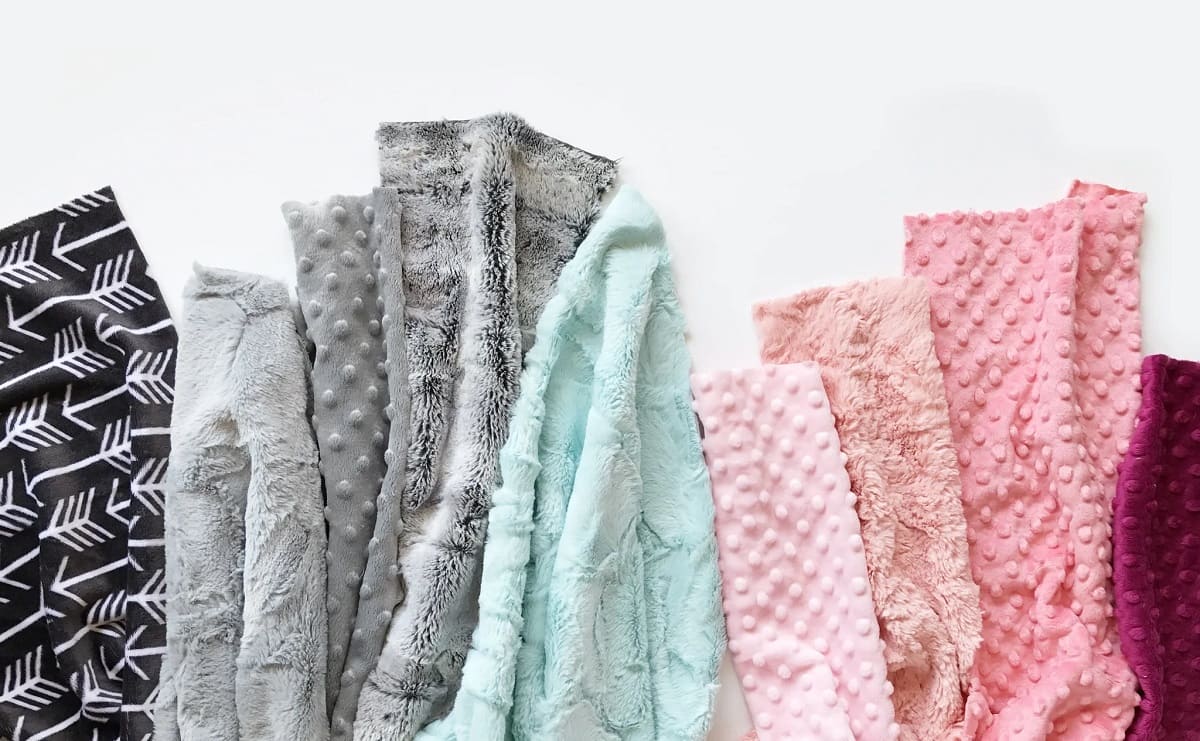
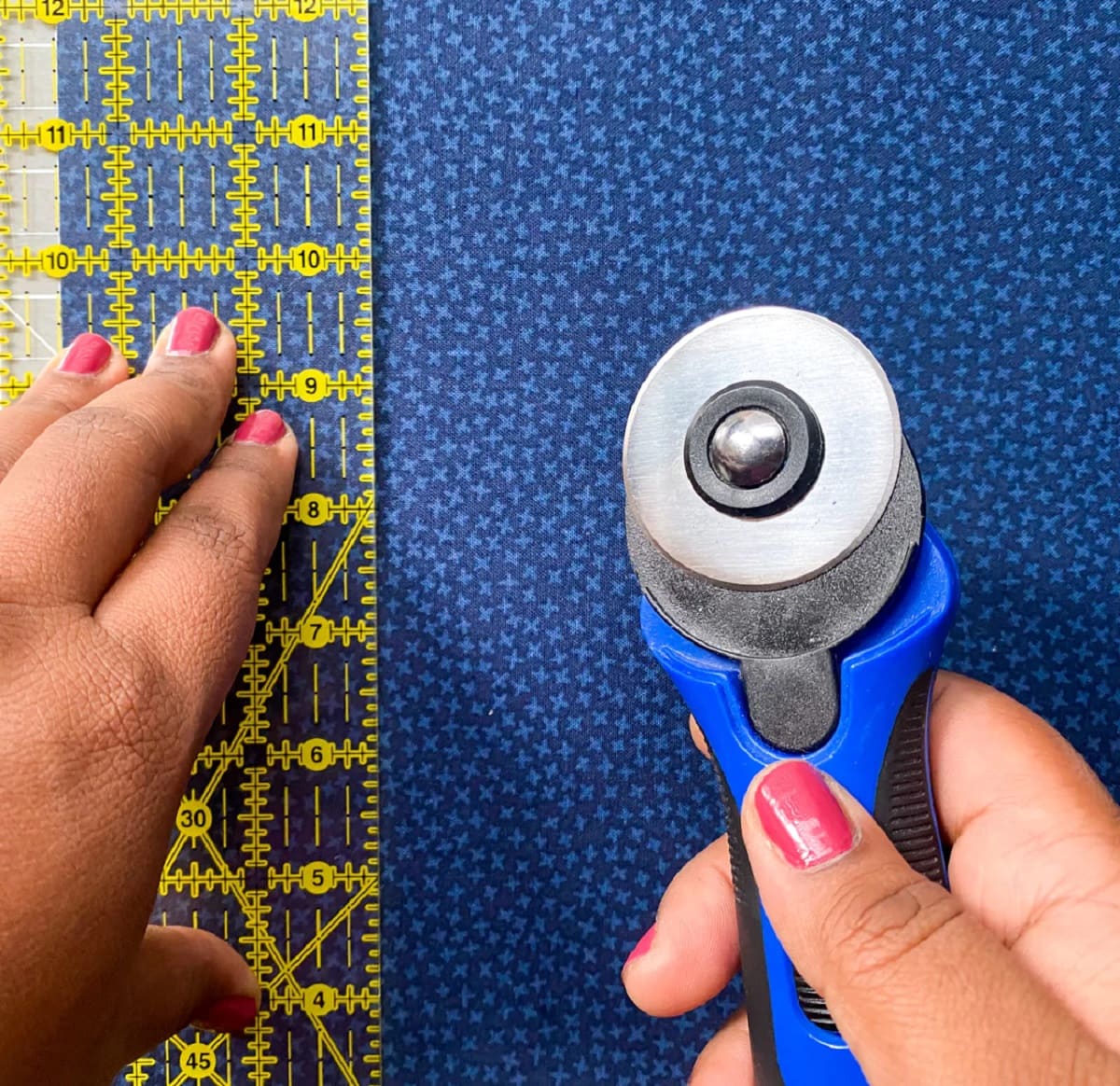

0 thoughts on “How Much Fabric Is Needed For A Quilt”